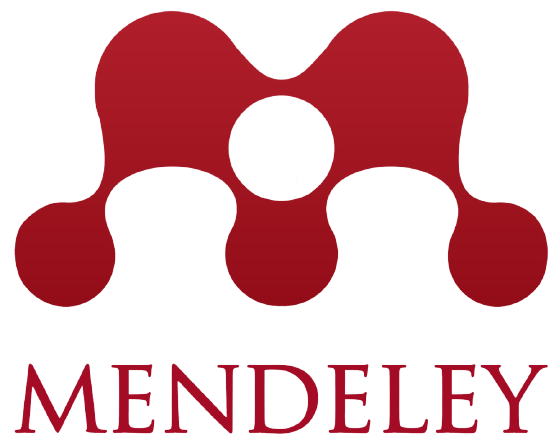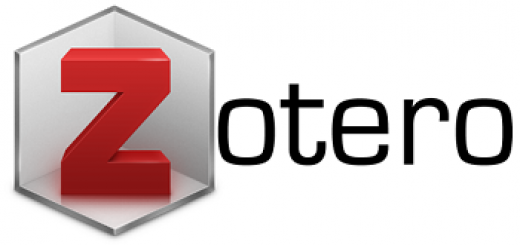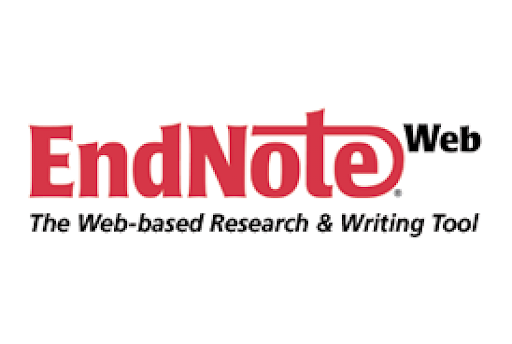Hazardous Waste Management in the Cement Industry for Alternative Raw Material (ARM) or Alternative Fuel (AF)
Abstract
Hazardous waste from the cement industry can pollute the environment and human health. The use of cement industry waste can be done to minimize this impact. This study aims to analyze the initial conditions of hazardous waste management in the cement industry and its potential utilization. This research was conducted by field observation through three stages, namely the stages of preparation, implementation, and preparation of reports. The XYZ cement industry has two procurement schemes, polutter payment and purchase. The XYZ cement industry permits hazardous waste as an alternative raw material (ARM) for fly ash, bottom ash, paper sludge, drilling cutting, crude oil, contaminated soil, and bleaching earth/eco oil, EAF (electric arc), and dust furnaces. Meanwhile, alternative fuel (AF) consists of used bag cloth, majun (contimated textile waste), used oil, kluber, used grease, resin, and pure SBE (spent bleaching earth).
References
A. Shrestha, A. Ghimire, A. Singh, D. Koirala, K. Khanal, and R. K. Maskey, “Energy Use in Nepalese Cement Industries: Case of Udayapur Cement Industries Limited,” Int. J. Sci. Eng. Res., vol. 7, 2016, [Online]. Available: http://www.ijser.org
K. A. Fani, V. J. Khan, R. A. Rana, A. Ehsan, U. L. Haq, and J. Kamil, “An Evaluation of Challenges Faced by Cement Industry of Pakistan in Implementation of Lean Supply Chain,” Eur. Acad. Res., vol. V, no. 5, pp. 2287–2307, 2017.
P. Paul and P. Mitra, “Multivariate Analysis of impact of Financial efficiency on Profitability of Indian Cement Industry,” no. 2, pp. 260–273.
A. Zeiderman, “Concrete Peace: Building Security through Infrastructure in Colombia,” Anthropol. Q., vol. 93, Oct. 2019, doi: 10.1353/anq.2020.0059.
K. Anastasiadou, K. Christopoulos, E. Mousios, and E. Gidarakos, “Solidification/stabilization of fly and bottom ash from medical waste incineration facility,” J. Hazard. Mater., vol. 207–208, pp. 165–170, 2012, doi: https://doi.org/10.1016/j.jhazmat.2011.05.027.
Cembureau, The European Cement Association. Environmental product declaration (EPD) for Cement, 2013. [Online]. Available: http://www.ecocem.ie/downloads/CEM_EPD.pdf
T. Engin and V. Ari, “Energy auditing and recovery for dry type cement rotary kiln systems––A case study,” Energy Convers. Manag., vol. 46, no. 4, pp. 551–562, 2005, doi: https://doi.org/10.1016/j.enconman.2004.04.007.
R. Chairani, A. R. Adinda, D. Fillipi, M. Jatmoko, and I. W. K. Suryawan, “Environmental Impact Analysis in the Cement Industry with Life Cycle Assessment Approach,” JTERA (Jurnal Teknol. Rekayasa), vol. 6, no. 1, p. 139, 2021, doi: 10.31544/jtera.v6.i1.2021.139-146.
A. M. Segadães, “Use of phase diagrams to guide ceramic production from wastes,” Adv. Appl. Ceram., vol. 105, no. 1, pp. 46–54, Feb. 2006, doi: 10.1179/174329006X82927.
F. Paglietti, S. Malinconico, B. C. della Staffa, S. Bellagamba, and P. De Simone, “Classification and management of asbestos-containing waste: European legislation and the Italian experience,” Waste Manag., vol. 50, pp. 130–150, 2016, doi: https://doi.org/10.1016/j.wasman.2016.02.014.
G. Mardiana and R. Mahardika, “Pemanfaatan limbah biomass sebagai bahan bakar alternatif dalam kegiatan co-processing di semen gresik,” Semin. Rekayasa Kim. dan Proses, vol. 3, pp. 1–6, 2010.
N. L. Zahra et al., “Substitution Garden and Polyethylene Terephthalate (PET) Plastic Waste as Refused Derived Fuel (RDF),” Int. J. Renew. Energy Dev., vol. 11, no. 2, pp. 523–532, 2022, doi: 10.14710/ijred.2022.44328.
I. W. K. Suryawan et al., “Municipal Solid Waste to Energy : Palletization of Paper and Garden Waste into Refuse Derived Fuel,” J. Ecol. Eng., vol. 23, no. 4, pp. 64–74, 2022.
A. Naqi and J. G. Jang, “Recent Progress in Green Cement Technology Utilizing Low-Carbon Emission Fuels and Raw Materials: A Review,” Sustainability , vol. 11, no. 2. 2019. doi: 10.3390/su11020537.
Copyright (c) 2024 Nurul Faizah Setiaji, Ariyanti Sarwono, I Wayan Koko Suryawan

This work is licensed under a Creative Commons Attribution-NonCommercial-NoDerivatives 4.0 International License.
Copyright Notice
The Authors submitting a manuscript do so on the understanding that if accepted for publication, copyright of the article shall be assigned to journal IJETS, University Of Technology Yogyakarta as publisher of the journal, and the author also holds the copyright without restriction.
Copyright encompasses exclusive rights to reproduce and deliver the article in all form and media, including reprints, photographs, microfilms and any other similar reproductions, as well as translations. The reproduction of any part of this journal, its storage in databases and its transmission by any form or media, such as electronic, electrostatic and mechanical copies, photocopies, recordings, magnetic media, etc. , are allowed with a written permission from journal IJETS, University Of Technology Yogyakarta.
Jurnal IJETS Board, University Of Technology Yogyakarta, the Editors and the Advisory International Editorial Board make every effort to ensure that no wrong or misleading data, opinions or statements be published in the journal. In any way, the contents of the articles and advertisements published in the journal IJETS, University Of Technology Yogyakarta are sole and exclusive responsibility of their respective authors and advertisers.













 This work is licensed under a Creative Commons Attribution-ShareAlike 4.0
This work is licensed under a Creative Commons Attribution-ShareAlike 4.0